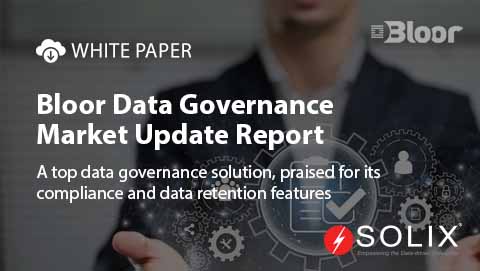Deterministic Data Masking
What is Deterministic Data Masking?
Deterministic Data Masking is a masking approach that relies on a deterministic algorithm to consistently substitute sensitive data with pseudonymous yet consistent values. In contrast to randomization-based methods, this approach guarantees that identical input data will always yield the consistent masked output, allowing for a reversible process. It is used to preserve the referral integrity of the sensitive data.
How Deterministic Masking Works?
It consistently relies on pre-defined rules to replace sensitive data with alternative values. However, as discussed below, deterministic masking employs some standard substitution techniques to achieve this replacement.
- Character Shuffling: This technique scrambles the characters within a data field while maintaining its length. For example, “123456” might be masked as “425163.”
- Character Replacement: This involves replacing specific characters within a data field with another character or set of characters. For example, replacing digits with “X” (e.g., credit card number: 1234-5678-9012-3456 masked as XXXX-XXXX-XXXX-XXXX)
- Alphanumeric Replacement: This technique replaces sensitive data with letters and numbers. This can be done in various ways, such as using a predefined formula or random generation.
- Date or Number Variance: This involves slightly altering dates or numbers while maintaining a realistic range. For example, adding or subtracting a few years might mask a birthdate.
Benefits of Deterministic Masking
- Data Integrity: The deterministic algorithm ensures that sensitive data undergoes masking while preserving its structure and relationships, which is crucial for scenarios like software development, testing, and analytics in non-production environments.
- Consistent Masking: The consistency in the deterministic approach aids in maintaining the reliability and predictability of data transformations, which is crucial for accurate testing and analysis in non-production environments.
- Efficiency and Utility: This technique is a cornerstone for enterprises seeking to balance data privacy and operational efficiency by maintaining consistency, preserving data relationships, and enabling data utility in masked environments.
- Regulatory Compliance: It helps the enterprise align with data privacy regulations like GDPR, PCI DSS, HIPAA, LGPD, and more by ensuring the secure handling of sensitive information, such as personally identifiable information (PII), financial details, etc, without any residual risk.
Use Cases
- Development and Testing Environments: It ensures development teams access realistic and representative data for software applications, safeguarding sensitive data from unauthorized exposure during development and refinement processes.
- Analytics and Business Intelligence: It excels at preserving the utility of data for analytics purposes, which is especially beneficial with large datasets where relationships and patterns are crucial for deriving valuable business insights.
- Outsourcing and Offshoring: With its consistent nature, transforming sensitive data into pseudonymous values allows organizations to control confidentiality while enabling external sharing to perform necessary tasks.
- Third-party Application Integration: It enables organizations to integrate with third-party applications to ease their business processes and innovations while safeguarding sensitive data and compliance with different data regulations.
In conclusion, Deterministic Data Masking is a robust solution for safeguarding sensitive information while retaining data integrity. Its consistency and repeatability features ensure reliable protection across various scenarios. Comprehensively concealing sensitive information maintains privacy and security within data-driven environments, fostering trust and compliance in today’s digital landscape.
FAQs
What distinguishes Deterministic Data Masking from other techniques?
Deterministic Data Masking ensures consistency in data transformation, generating the same masked value for identical input data, which is crucial for maintaining data integrity and preserving referential integrity.
Can Deterministic Data Masking handle complex data relationships?
It preserves relationships between data elements by applying consistent masking techniques, allowing for accurate data analysis and reporting without compromising data integrity.
What considerations are essential for implementing Deterministic Data Masking?
Organizations should prioritize understanding their data relationships, select appropriate masking algorithms, and establish robust access controls to ensure effective implementation and compliance with regulatory requirements.





